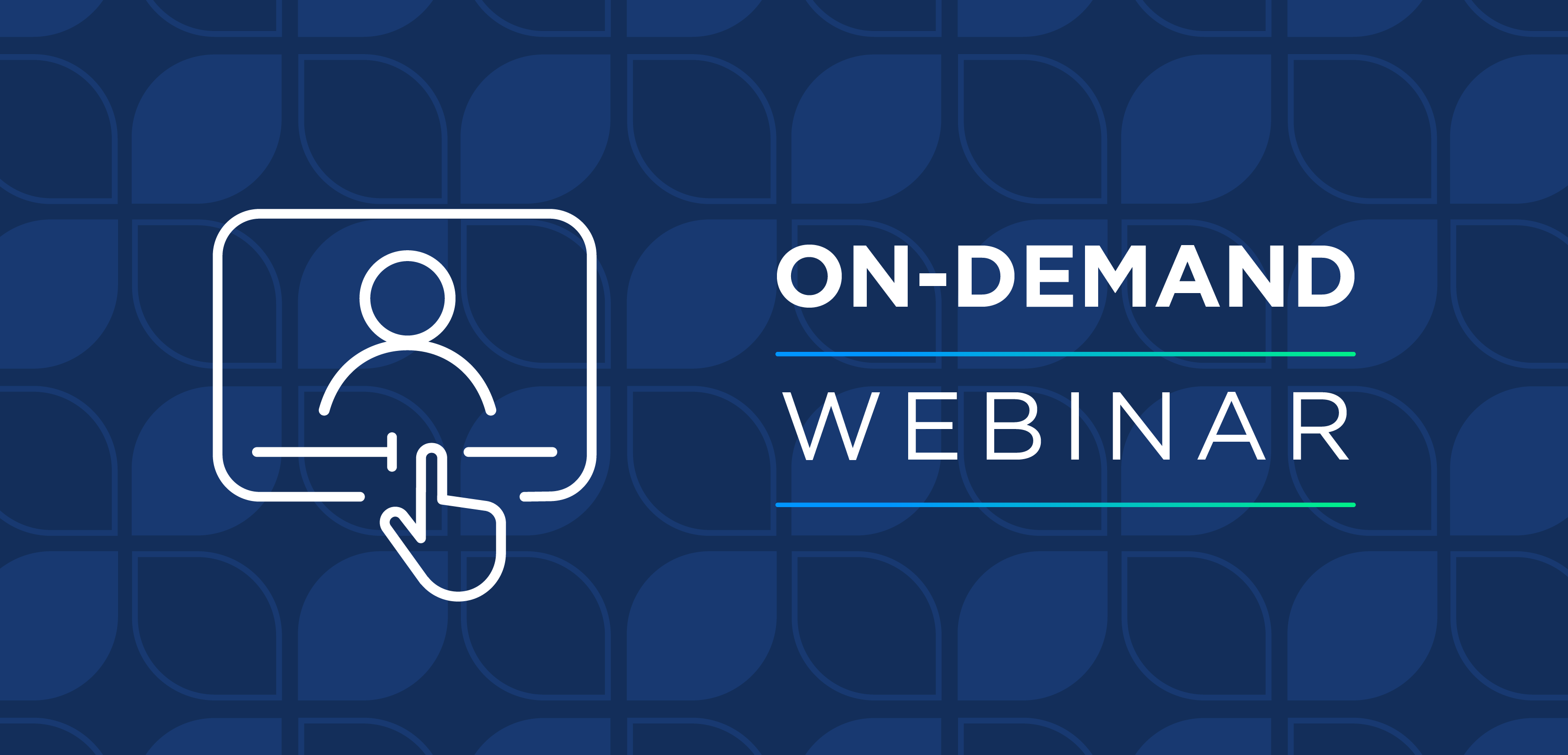
Q&A: What AI Is, How It’s Helping Pharmacies with Compliance | NCPDP 2025
Stanley V. Campbell, Jr., CEO of EagleForce Associates, Inc., and Yi Deng, PhD, Senior Vice President of Engineering at EagleForce, discuss the basics of AI and how it’s assisting with compliance.
As artificial intelligence (AI) within health care is developed further, pharmacies are increasingly reaping its benefits and are now using AI data to stay compliant with federal and state government regulations.
“With AI, we're actually doing about 3 and a half billion calculations in about 50 milliseconds and giving a response into the [pharmacist’s] workflow,” said Stanley V. Campbell, Jr, CEO of EagleForce Associates. “Now, if a patient is good and they don't need to be stopped, the pharmacist doesn't have to do a thing; he doesn't even know the check was done.”
Campbell, joined by Senior Vice President of Engineering at EagleForce, Yi Deng, PhD, recently presented at the National Council for Prescription Drug Programs (NCPDP) 2025 Annual Conference, held May 5 to May 7 in Scottsdale, Arizona. After their presentation, titled “AI and the Pharmacist: Mitigation of a Billable Workload,” Campbell and Deng caught up with Drug Topics to discuss the basics of AI in pharmacies and how it’s specifically helping them to avoid government violations.
READ MORE:
Drug Topics: What is your definition of AI and how it should be used within health care?
Stanley V. Campbell: AI is basically anything that you can think about and do as a thought, meaning you act out on it, and now be able to program that into a computer. [That’s] AI. Whether you're adding 1 plus 1, and you can think about that and get to a determinant of 2, or whether you're doing computational linguistics [or] running a spaceship, it's all AI. The issue then becomes when does the definition actually meet the protocols for people in life sciences as a specific environment? That's where the challenges come in.
Yi Deng: I’ll say, in the more academic way, in health care especially for AI, is more on the data, especially the health care data. Compared to other areas, the data is from the public internet, but health care is highly regulated [for] the patients’ data and the providers’ data. It's very challenging if you build a model that is not fitting to the right domain [and] knowledge you have. So that's very different when we're talking about the AI, especially in the health care.
Drug Topics: How has AI assisted pharmacists with staying compliant and avoiding any violations enforced by the federal government?
Stanley V. Campbell: We actually have a very large-scale network where we message into every point-of-sale pharmacy in the United States and 9 of the incorporated territories in real time, bidirectional. We're doing a verification check. In this particular case, the regulation is the anti-kickback act statute, so a government person should not get a coupon or copayment benefit. There are other ways of getting them medication. With AI, we're actually doing about 3 and a half billion calculations in about 50 milliseconds and giving a response into the workflow. Now, if that patient is good and they don't need to be stopped, the pharmacist doesn't have to do a thing; he doesn't even know the check was done. The doctor doesn't have to do a thing; he doesn't even know the check was done. So, the time-saving of [providers] picking up the phone and calling the payer, and then doing it all over again, the payer doesn't have to now take those 2 calls. [For] the ones that we do reject, we push a message up into the pharmacist’s workflow. The pharmacist has the option of calling our call center and providing additional information. Then we can either let the person go, whitelist them if they had information that we didn't have, or we can continue to stop and tell them why.
Yi Deng: Usually, this kind of compliance is very hard for the pharmacist to do. They use some local database or some rule to detect that. But with the help of the AI, we actually build the model; we profile each individual. There is a backend engine, an AI engine, that is pulling information about the patient, about their benefit, [and] their government status. If we found this government status of the patient anywhere in the health care industry, we can easily find the answer to help the pharmacy and the manufacturer comply with the federal law.
Stanley V. Campbell: Before we got in, the best you could do was maybe Medicare Part D, which is about 20-25 million people, and maybe 50% of the Medicaid. When we came into the business, we have probably 99% of the Medicare patients, including Part A, Part B. We have 99% of the Medicaid, that's every state and territory. We have Indian Health Services at about 92%. We have DOD at about 95%—Department of Defense—and we have [Veterans Affairs] with about 227 million people. All those people were being missed before we got into the market, and that's where the AI is critically important because it's $72,000 per transaction if you get it wrong.
Don’t get left behind: Sign up today for our
Newsletter
Pharmacy practice is always changing. Stay ahead of the curve with the Drug Topics newsletter and get the latest drug information, industry trends, and patient care tips.


















































































































